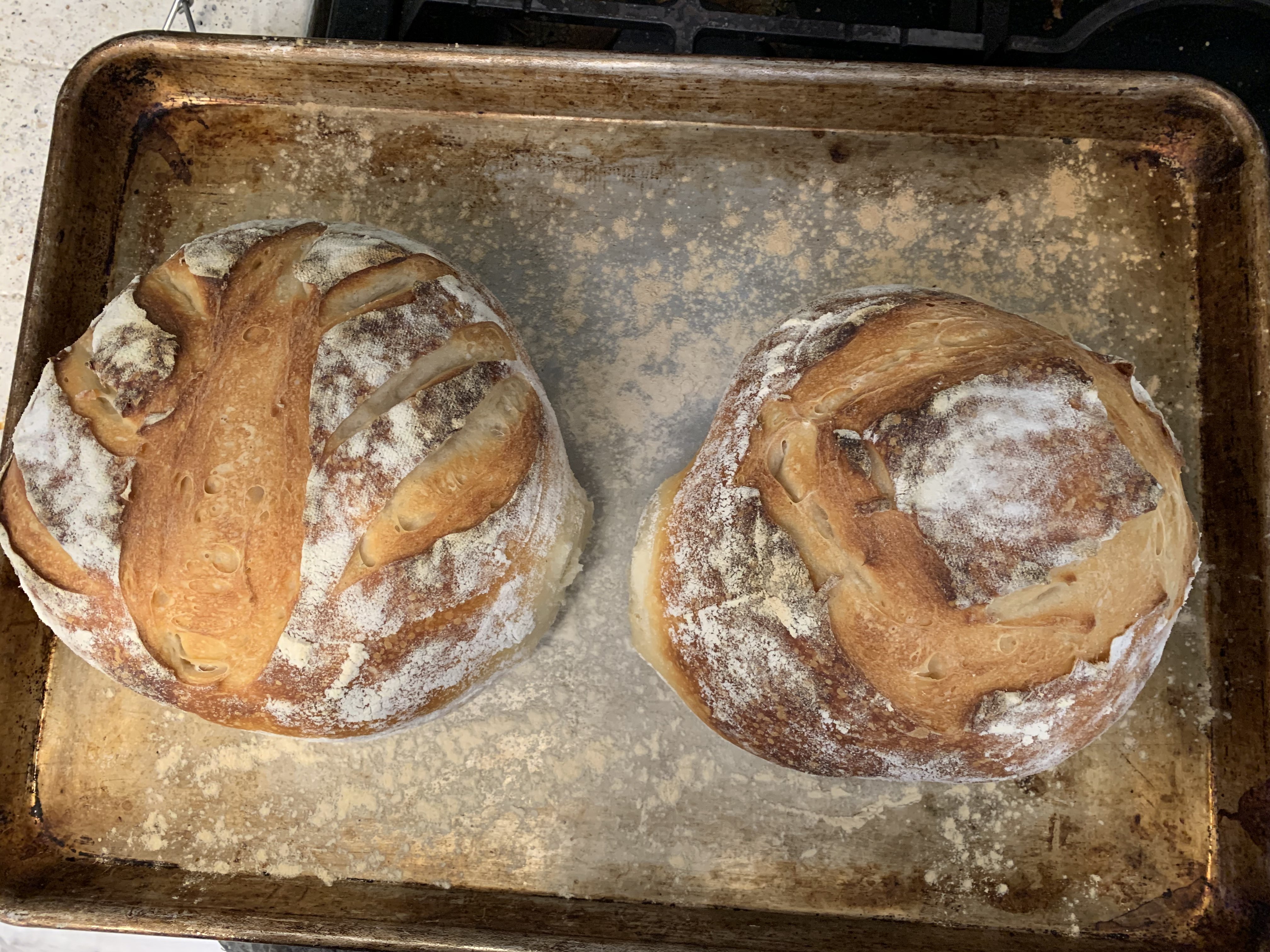- 6 Posts
- 54 Comments

 22·9 months ago
22·9 months agoGlobal Warming Speedrun Any%

 4·9 months ago
4·9 months agoI can confirm that Hyprland also works from GDM

 14·9 months ago
14·9 months agoThis might sound a bit heretical, but you could carefully pick and match a variety of software and configuration to your individual needs, turning your tiling wm into a fully functional desktop environment, or you could just install a tiling wm into an existing desktop environment and get something useful with like ten percent of the work.
I know that I have done the former multiple times, only to fall back to existing desktop environments again because it’s just a lot less work and often works better, since you don’t have to take care of getting things like screen sharing or media buttons to function.
Especially LXQt and Xfce make it very easy to run a tiling window manager, but you can also find extensions/plugins for KDE or Gnome to make them tile. I’m personally running Gnome with the Pop Shell extension right now

 8·9 months ago
8·9 months agoDamn, who’s cutting onions here ;_;
- Transfem: Born in a male body, identifies as female
- Femboy: Born in a male body, identifies as male, likes to behave and/or dress in what is traditionally seen as feminine
Also the Apple Pippin. And third-party Macintosh clones. And the Twentieth Century Macintosh. And the Apple III.
Especially before Steve Jobs took over Apple again they had what feels like more flops than successes.
Honestly, I already thought that The Force Awakens was underwhelming
Can confirm that I’m still using Emacs

 291·9 months ago
291·9 months agoHonestly, if they shake up the market and force the European manufacturers to produce cheaper EVs I’m all for it

 8·9 months ago
8·9 months agoYeah, I’m making a lot myself too, but I sadly don’t have the storage space for large amounts of food. And the homemade goods are often more expensive, unless you can get veggies on the cheap from a farmer

 11·9 months ago
11·9 months agoNennt sich Braindrain. Junge, gut ausgebildete Erwachsene ziehen wohin wo sie bessere wirtschaftliche Aussichten haben. Je nachdem wo sie herkommen können auch politische Probleme und der Mangel an Sozialsystemen ausschlaggebend sein.
Das Phänomen stellt ein großes Problem für die Herkunft dar, weil volkswirtschaftlich die Leute gerade dann, nachdem das Land viel Geld in ihr Aufwachsen und ihre Ausbildung gesteckt hat, wegziehen, wenn sie zu Zahlern werden würden welche GDP und Steuereinnahmen steigern.
Das ganze gibt es international, wo Deutschland ein riesiger Nutznießer ist, aber auch national, so wie von Ost- nach Westdeutschland oder von roten US-Bundesstaaten zu blauen.
Man kann es den einzelnen aber auch nicht übel nehmen, weil sie halt für sich selber nach einer besseren Zukunft streben. Es ist ein schwieriges Problem welches keine einfachen Lösungen hat
That’s not residential sewage, that’s manure. Animal excrements often aged to concentrate it

 7·10 months ago
7·10 months agoI agree with the Runtime being slower. These days Android doesn’t technically use the JVM anymore but the Android Runtime, ART for short, that actually performs ahead of time compilation to native code for the byte code for increased performance. Still, the Java Runtime it implements is very heavy and comes with it’s own overhead, so native Android code written in Java/Kotlin is generally slower than native iOS code written in Objective C/Swift.
The kernel architecture does influence more than just the hardware it can run on though. Microkernels for example are generally more secure but slower than monolithic kernels

 17·10 months ago
17·10 months agoMicrokernels aren’t better per se than monolithic kernels. Their main advantage is increased security. Only a small portion of the Kernel actually runs in Ring 0, the most privileged level where the code has full access to the computer. Drivers and the like then technically run as separate, less privileged programs that interact with the kernels via messages. This greatly reduces the attack surface on the kernel and prevents crashes or memory access from a faulty driver.
This comes at a cost though. While microkernels are generally more secure, they are also less performant. Each message means overhead and a context switch you don’t have in a monolithic kernel.
The discussion between the two kernel types has been going on for the last thirty years and was famously the source for a long argument between Linus Torvalds, founder of the Linux Kernel and Andrew S Tannenbaum, creator of the Minix kernel.
In the end the XNU kernel isn’t even a full microkernel, but a hybrid kernel, trying to take the best of both world by originally taking the Mach microkernel and then implementing the 4.3BSD monolithic kernel on top of it. There are even project to do the same with Linux, like L4LinuxOverall the choice of kernel doesn’t hold Android back in comparison, Linux is an extremely capable piece of software that runs on anything from small microcontrollers to all of the world’s largest supercomputers. Though Google’s newest OS project, Fuchsia, actually uses a microkernel for increased security. And it doesn’t use Linux because of licensing, but that’s a whole other can of worms
I honestly just threw it together, let me write down what I did:
Ingredients
- 450g Dinkel flour
- 50g wheat flour
- 400ml water
- 1 packet dry yeast
- 2 teaspoons salt
- 1 teaspoon onion powder
- 3-4 tablespoons of fried onions
- A bit of milk
Preparation
- Mix the wheat flour with 250ml of the water and cook it in a pot til it forms a thick paste. Let that cool down
- Mix the dinkel flour with the remaining 150ml of water, the yeast, salt and onion powder
- While mixing slowly add the roux to the mix
- Knead until you get a well developed dough, roughly ten to fifteen minutes
- Put in the fried onions and knead until they are well dispersed
- Cover and let rest at a warm place until doubled, roughly one hour
- Put into a well floured Dutch oven, brush with milk, score it and put the lid on
- Put the durch oven into the cold oven at 180°C without convection
- Bake for 50 minutes
- Remove the lid and let it bake for another 10 minutes until the top is nice and brown
Da sag ich mal nur: Ei Gude!


 9·10 months ago
9·10 months agoIf I could actually get those for 1000$ I would do that. Just spent 260€ for a new 16tb one…

 15·10 months ago
15·10 months agoIt’s kind of depressing to see the EV prices available in China and compare it with the prices available in Europe. Hell, there are only three sub-30000€ EVs available on the German market, after two models were discontinued last year











I’ve looked it up and it’s even uglier and I can kinda understand why they did it this way Basically, for their “integrations” they aren’t using any official APIs. Instead they just use the websites and automate them via the Playwright framework. So for each user they have a VM running with a Chrome browser to access the services. So now they have the problem that they need to get their users session cookies into the browser. And the easiest solution for that is having the users access their VM via VNC and just log into the automated browser.
This is such a hacky solution that I’m actually in awe of it’s shittiness. That’s something you throw together in an all-nighter during a Hackathon, not a production ready solution